EXPLAINED: Those mystery ocean blobs with black dot
WONDERING what those small, clear blobs with a distinct black dot found in the thousands in the ocean were on the weekend?
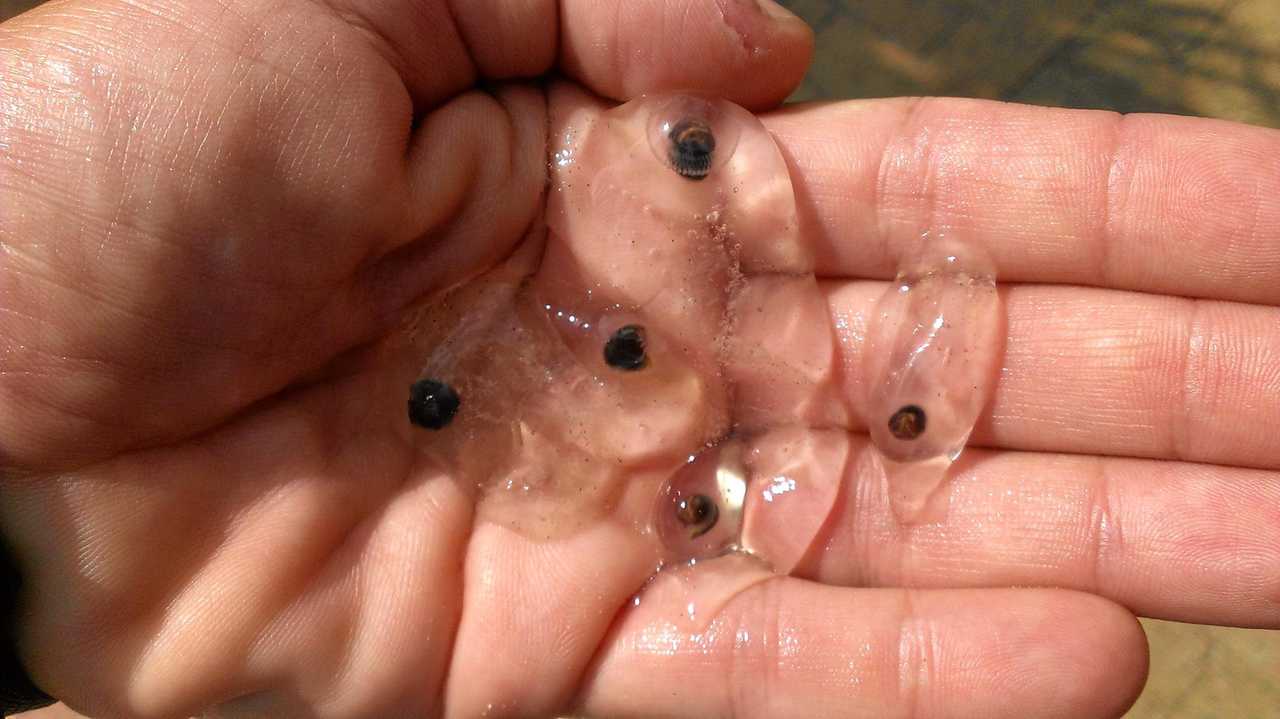
Sunshine Coast
Don't miss out on the headlines from Sunshine Coast. Followed categories will be added to My News.
WONDERING what those small, clear blobs with a distinct black dot found in the thousands in the ocean were on the weekend?
They didn't sting, but particularly at Coolum Beach, it was impossible not to swim into them.
Stinger Advisor expert Lisa Gershwin said the blobs were "weird little creatures called salps".
And as for that black dot that looked like an eye? They were the creatures "gut".
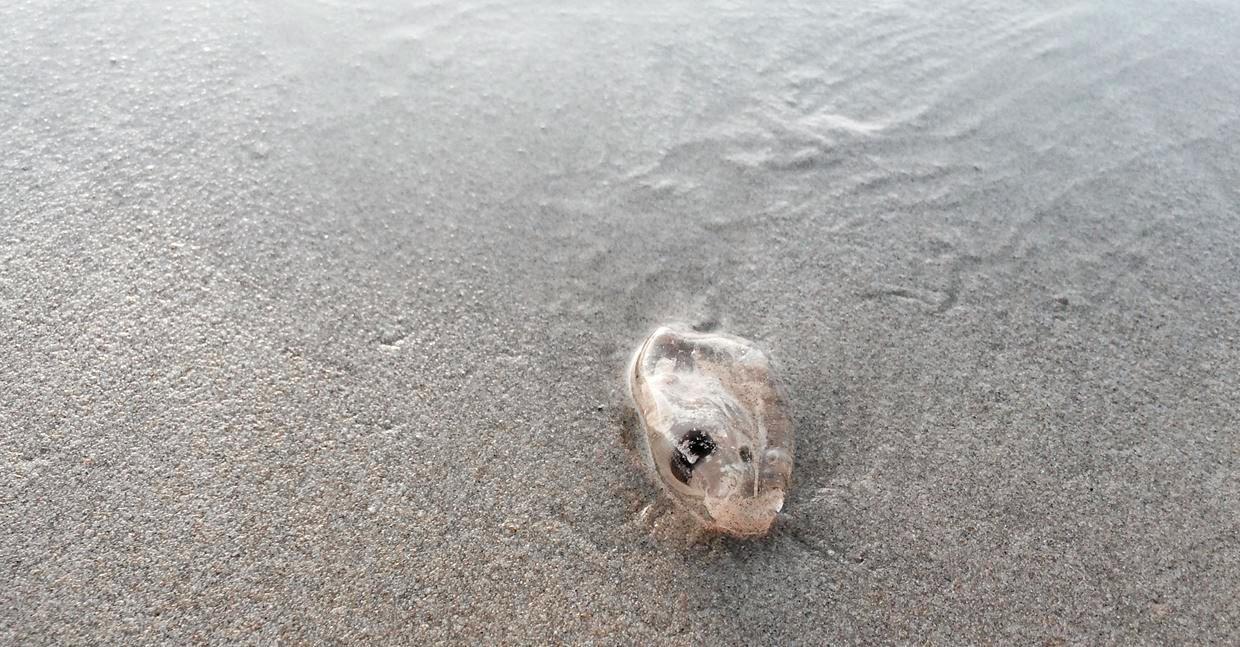
There was also no need to be afraid. The salps have a strong connection to humans.
"They are more closely related to humans than jellyfish," Dr Gershwin said.
"Our earliest lava stages and theirs is very similar."
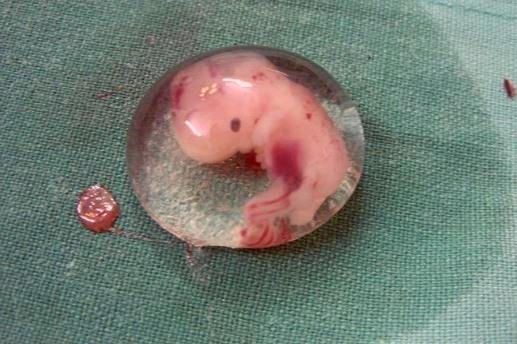
The salps don't have any stinging cells so swimming into them wouldn't hurt.
But they have unusual life stages.
"They have two adult stages," Dr Gershwin said.
"In one adult stage, there can be chains of these little clear things with the black dot.
"In the other adult stage, it is a solitary one, not just a broken off one.
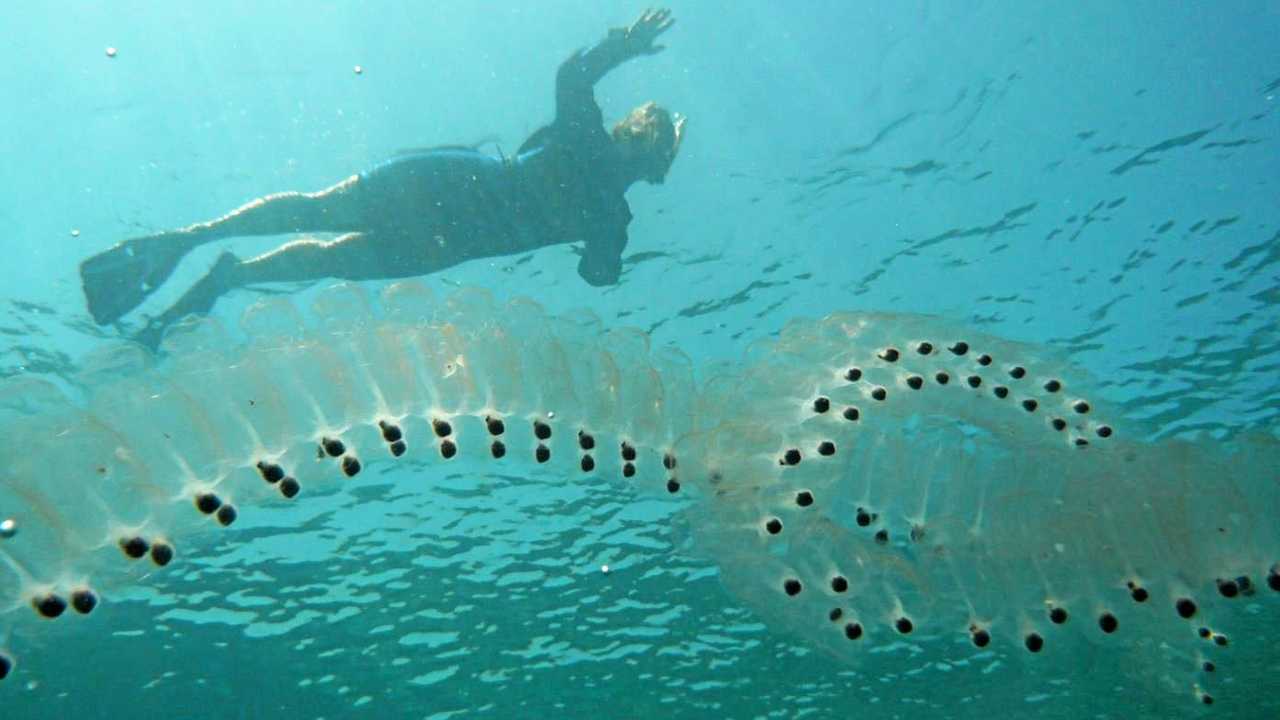
"Their biology and ecology is amazing, they can grow up to 10% of their body length in an hour.
"And they can go through two generations in a day. They can be born at noon, be a parent at midnight and then by noon the next day, a grandparent.
"As a bloom, they can eat themselves out of house and home."
The salps thrive on the same diet as jellyfish, "microscopic plant planktons that grow in the water called phytoplankton".
Dr Gershwin said while they weren't rare, it required "some sort of nutrient spike" to have them in large numbers close to shore.
"There must have been some sort of sewage spill or good rain that washed into the ocean that caused a spike in phytoplankton," she said.
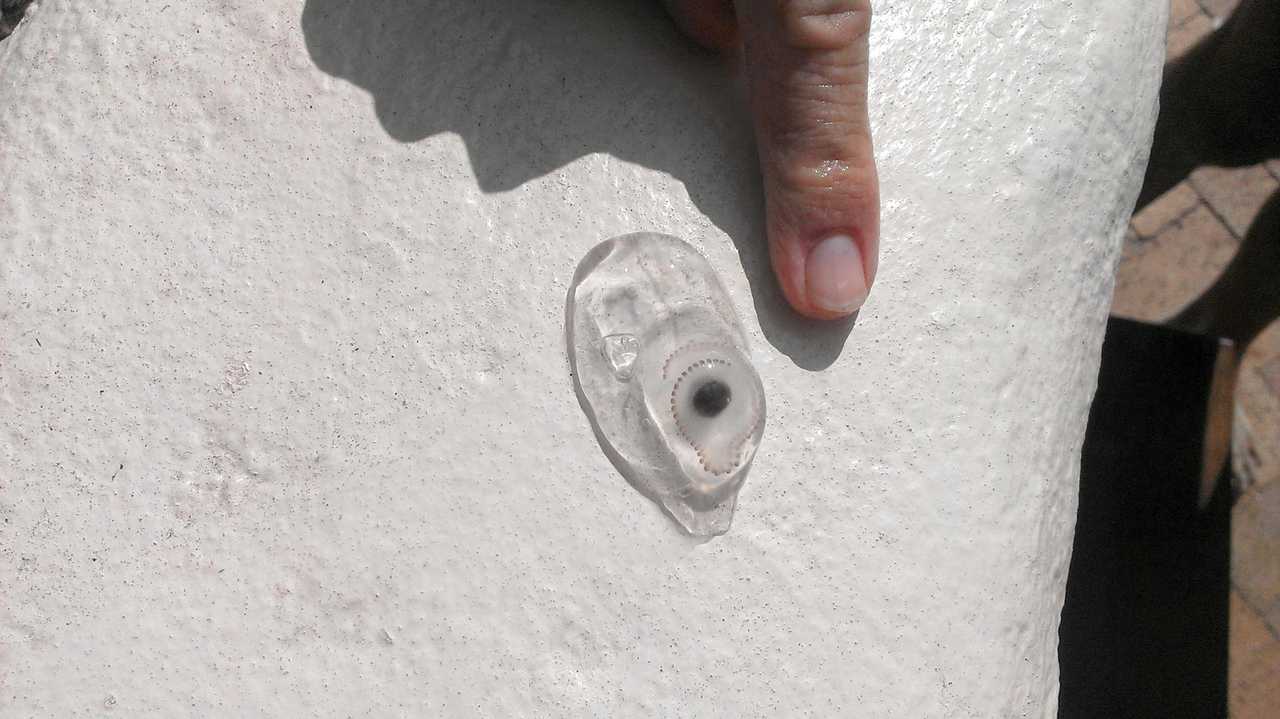
"Salp responds to phytoplankton and bloom into such tremendous umbers they eat up all the plankton until nothing is left."
Five fascinating salp facts
- They are more closely related to humans than jellyfish.
- They don't have stinging cells
- That block dot, it is their gut not their eye
- They can grow up to 10% of their body length in an hour
- They can go through to generations in one day
Originally published as EXPLAINED: Those mystery ocean blobs with black dot






